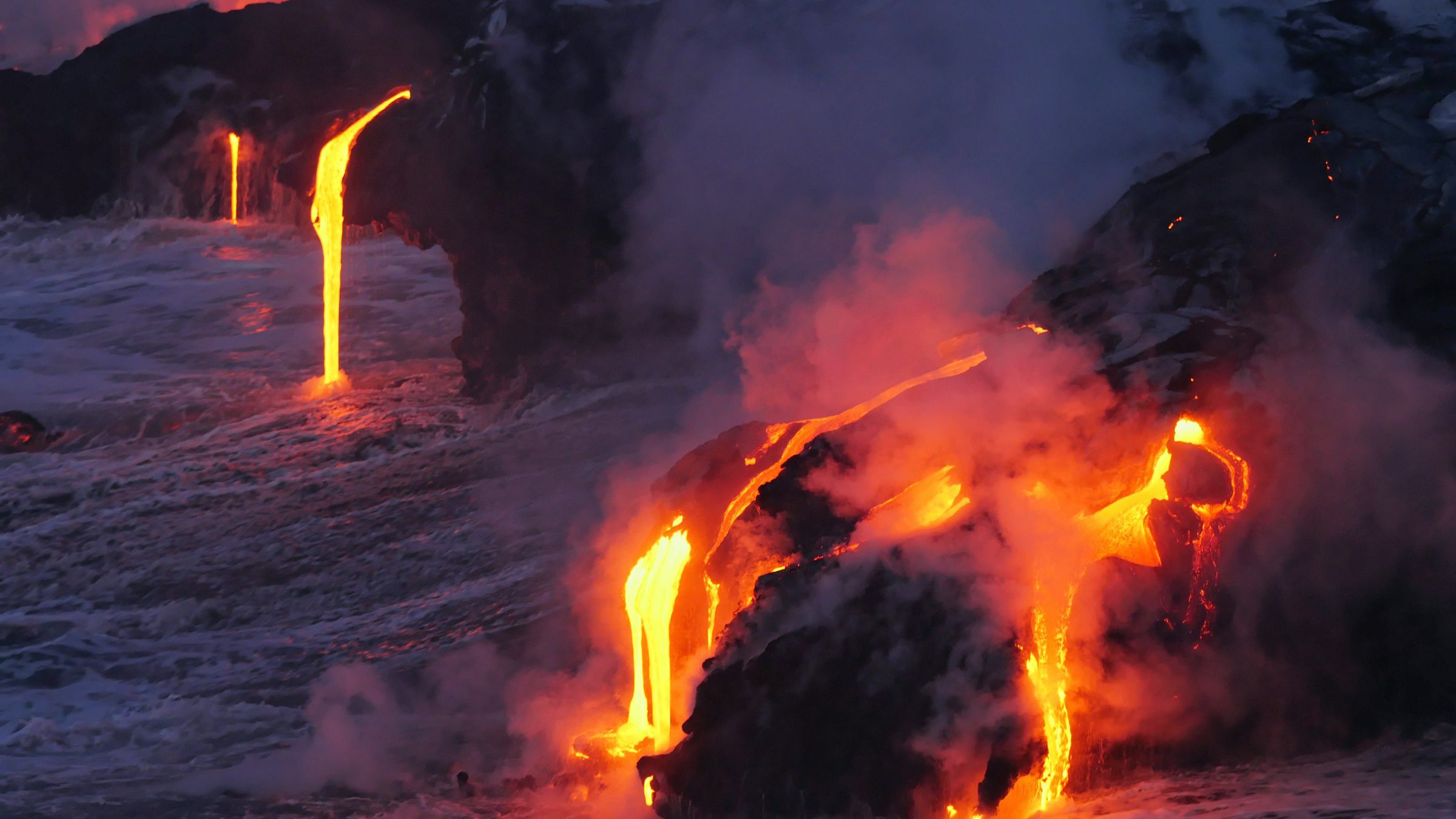The largest volcanic eruption ever recorded occurred 7,300 years ago on the Japanese island of Kyushu. The so-called Kikai-Akahoya eruption was already known to the scientific community, but a new study was published in the journal Journal of Volcanology and Geothermal Research He revealed this record and consecrated it as the largest eruption of the current geological era.
The underwater volcano Kekai has had three eruptions over a period of 140,000 years, with the Kekai-Acahuia eruption being the third and final. Even then, the task of determining the extent of the eruption and its true cause has proven to be a challenge, due to the difficulty of accessing the volcano.
In the new study, scientists at Kobe University (Japan) mapped details of the seafloor around the volcano, which helped identify massive underwater deposits.
So they collected these sediments from the seafloor using a remote-controlled drilling robot and took samples of the rocks, identifying the layer that contained the characteristic volcanic glass.
Using this technique, the researchers isolated the volcanic layer from seismic research and calculated the total volume of material produced by the volcano.
The largest volcanic eruption
Calculations showed that the Kikai-Acahuia eruption produced a much larger amount of underwater rock and ash than previously thought. The total amount of material is equivalent to more than 300 cubic kilometers.
The new estimate indicates that the Kikai-Akahoya eruption is the largest eruption of the Holocene epoch, a geological period that began 12,000 years ago and includes the present day.
Kikai underwater volcano
The Kikai submarine volcano is a large crater formed after an explosive eruption emptied the magma chamber beneath the volcano. The caldera is about 19 kilometers in diameter and about 600 meters deep.
Since the eruption of Kikai-Acahuia, there has been minor volcanic activity, including the formation of underwater cinder cones within the caldera. Due to its location near the coast and its history of volcanic activity, Kikai is closely monitored by Japanese authorities.
Like other volcanoes in Japan, it poses a potential threat to residents if there is a major eruption.
Could there be another explosion?
Because the Kikai-Acahuia caldera still has a large magma chamber underneath, if it erupts, it could produce another eruption, but scientists don't yet know how big it will be. But the study's authors are reassured by saying that the chances of a volcanic eruption are slim.

“Coffee trailblazer. Social media ninja. Unapologetic web guru. Friendly music fan. Alcohol fanatic.”

